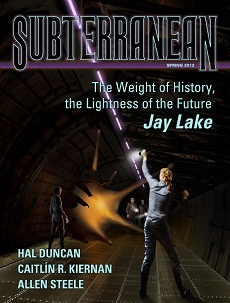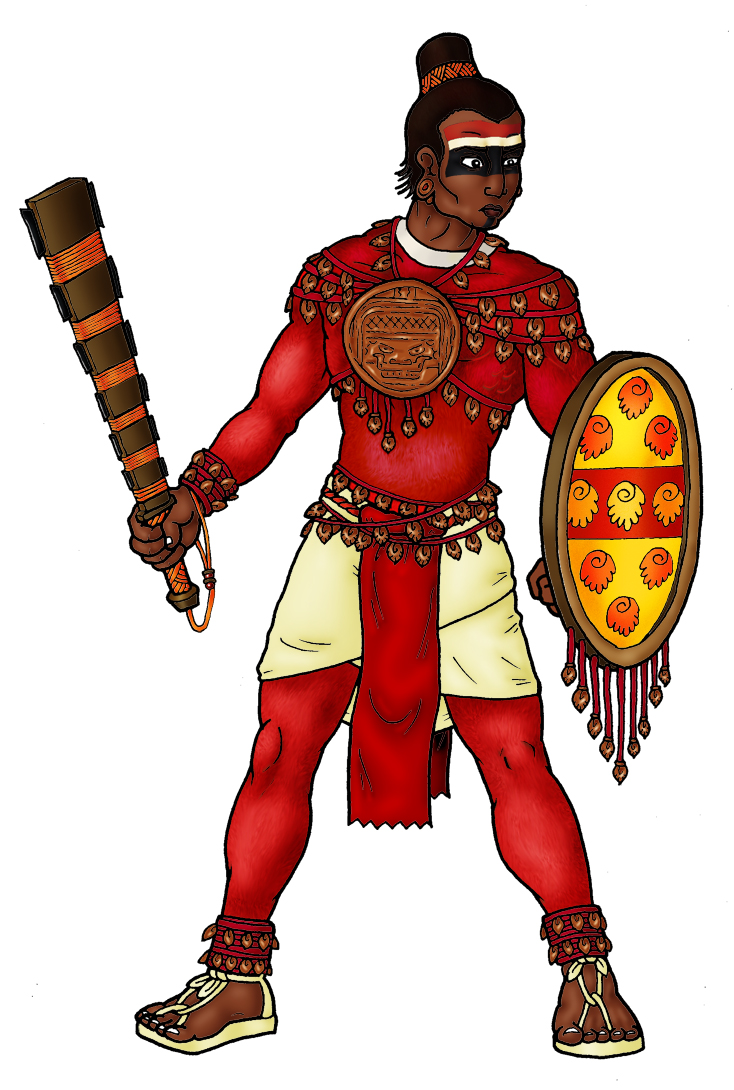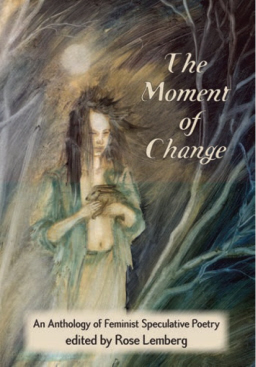Art of the Genre: The Art of the DM

Yes, it’s true, I’m posting a day late on my Art of the Genre blog, but hey, when you’ve been the Gamemaster for six straight days of 14 hour gaming, I think even the great John O’Neill can cut me a little slack. I’m mean, this is my vacation after all, so I think having anything, even this odd article, to post should show how much I love my readers!
Still, it was kind of tough, amid all the chaos of gaming, to settle in on a subject for this week’s AtoG. However, the more I sat around the gaming table, the more I began to understand the Art of being a Gamemaster and how that translates into something cool.
I mean, I’ve been doing this since I was a tween… well actually before the word tween even existed. Even early on I would sit at a table, screens before me, and paint pictures with words that are vivid enough to keep my friends coming back for more. And when I say coming back for more, I mean really, truly, coming back, no matter from where, for more story spinning than I’ve the right to foist on you here.
I’ve gamed with the same group of friends since middle school, and it’s not like we all live three minutes from one another. Nope, we are now stretched from Maryland to California, but one week a year, we make a sojourn back to the Midwest to roll dice like we did when we were twelve.
…
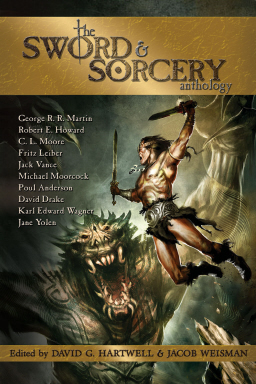
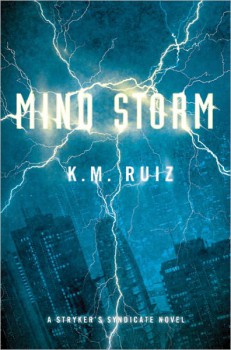 Mind Storm
Mind Storm
 Westlake Soul is twenty-three, a good-natured surfing champion with a loving family, loving girlfriend, and loving dog. Then a terrible fall leaves him in a vegetative state, unresponsive to the outside world — but, locked in his own mind, he’s a superintelligent superhero, astrally projecting to the moon and battling the mysterious villain named Doctor Quietus. Westlake can’t affect the outside world; can’t even twitch a finger, can only sit and be cared for by his mother and father and little sister, and the nurses they hire. But he can see what goes on around him, and react, if only internally.
Westlake Soul is twenty-three, a good-natured surfing champion with a loving family, loving girlfriend, and loving dog. Then a terrible fall leaves him in a vegetative state, unresponsive to the outside world — but, locked in his own mind, he’s a superintelligent superhero, astrally projecting to the moon and battling the mysterious villain named Doctor Quietus. Westlake can’t affect the outside world; can’t even twitch a finger, can only sit and be cared for by his mother and father and little sister, and the nurses they hire. But he can see what goes on around him, and react, if only internally.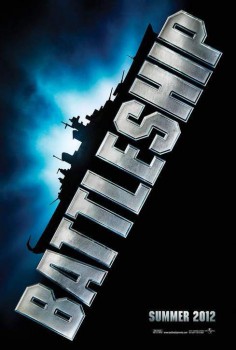 You sunk my interest.
You sunk my interest.
